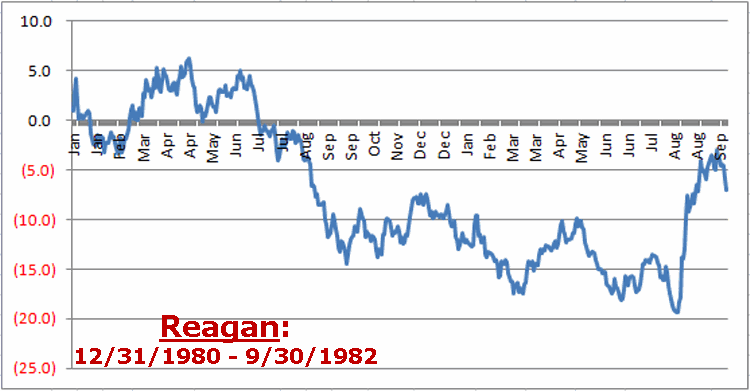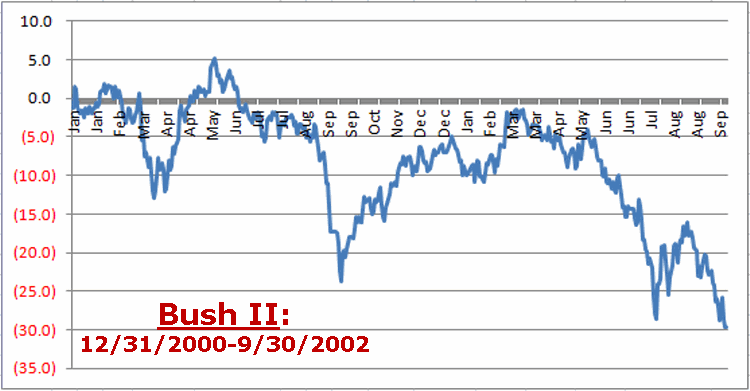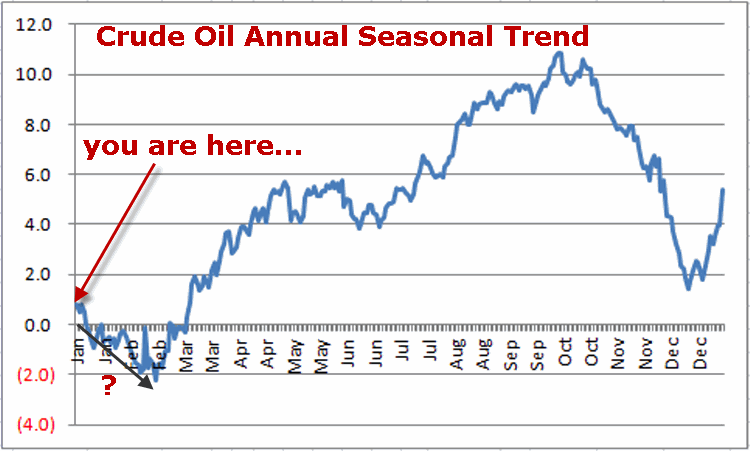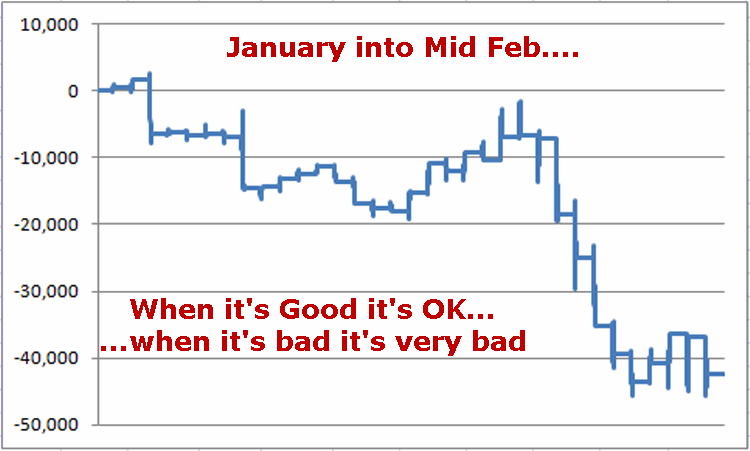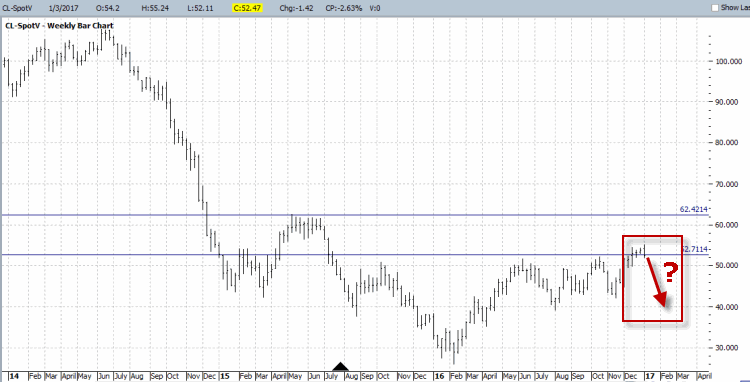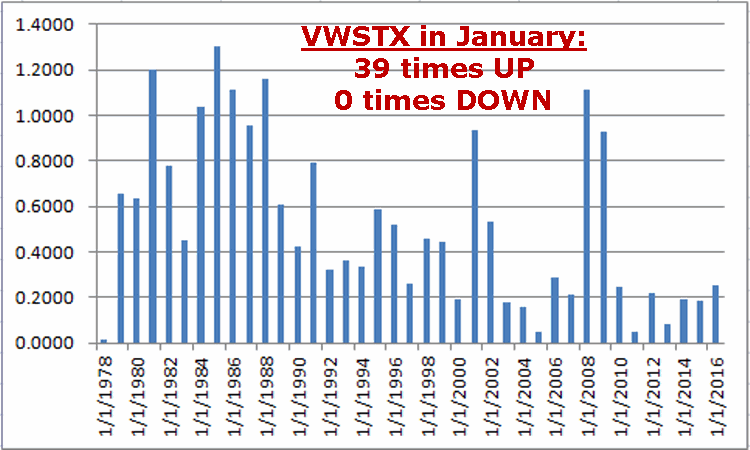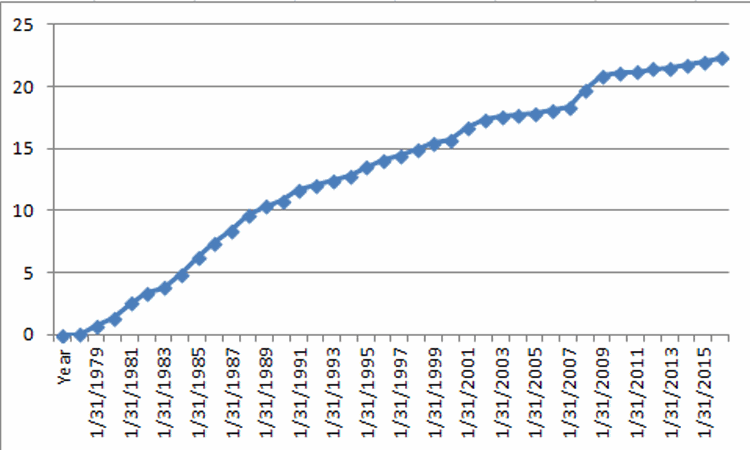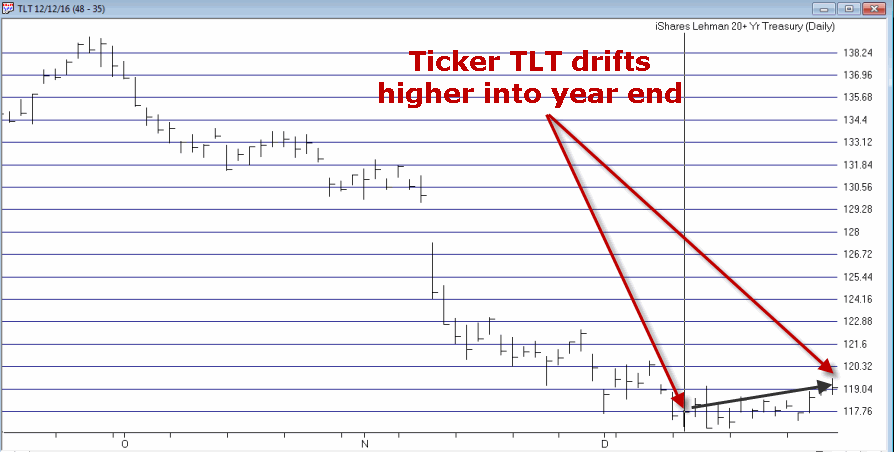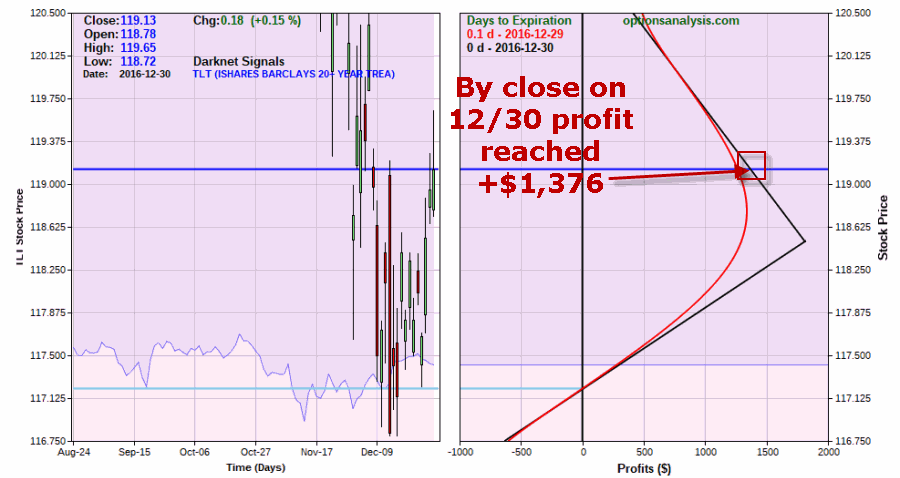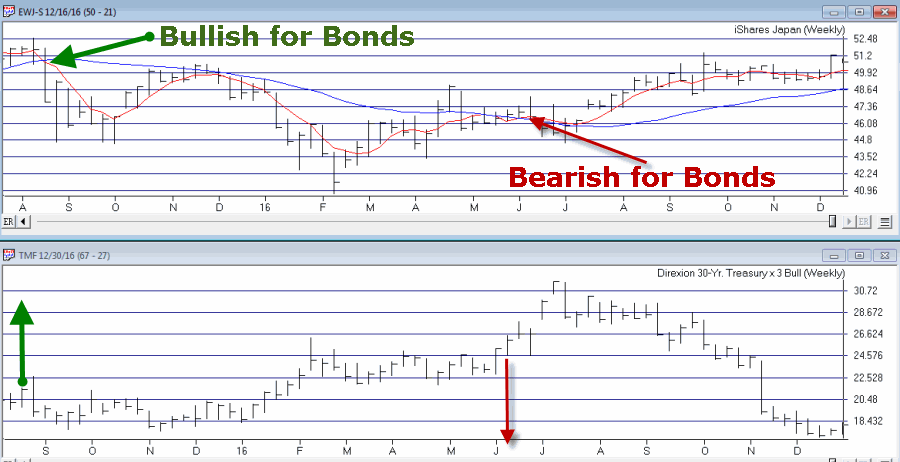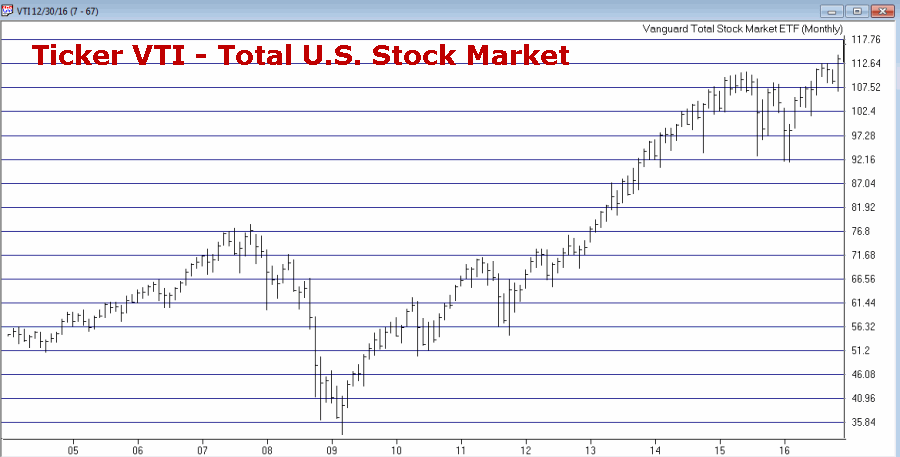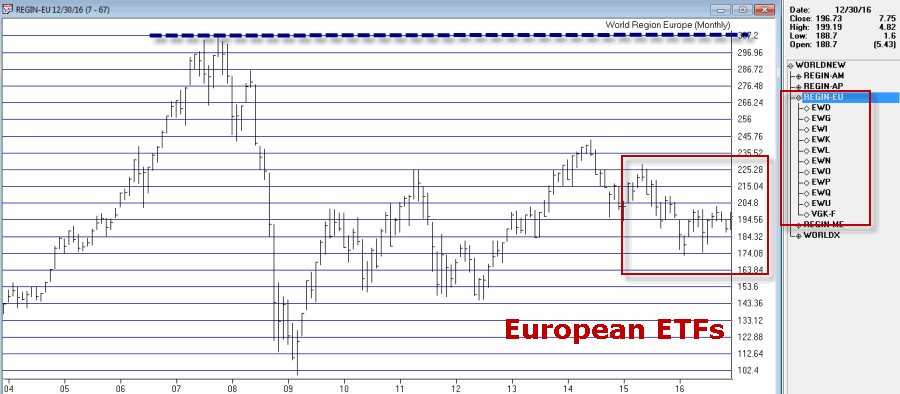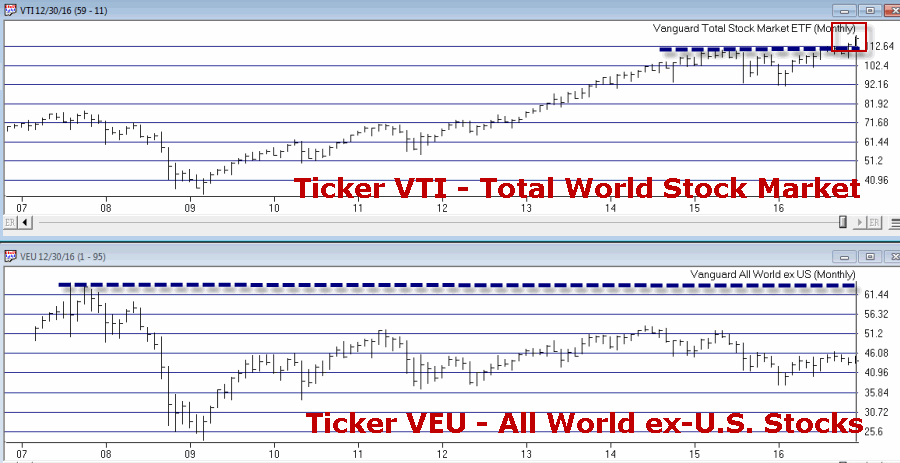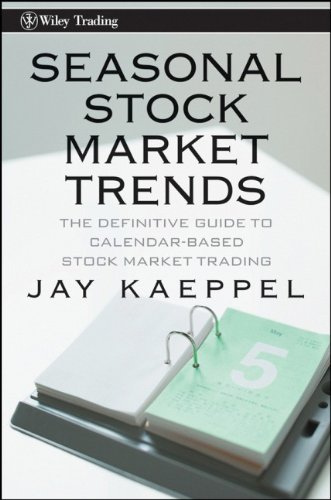Does it really matter if stock market performance is bullish during the month of January? You bet! In fact, the more “persistently” bullish it is the better. Let’s let the numbers tell the tale.
(See also Out With the Old, In With the, Uh-Oh)
The January Barometer and More
The January Barometer was devised by Yale Hirsch of The Stock Trader’s Almanac in the early 1970’s and is still tracked today at STA by his son Jeffrey Hirsch. The simple theory is that “as January goes, so goes the rest of the year”, if January shows a gain then the 11 months from end of January through the end of December should also show a gain.
Using the Dow Jones Industrials Average, Figure 1 displays the growth of $1,000 invested in the Dow from the end of January through the end of December only during those years when the Dow Industrials showed a gain during the month of January.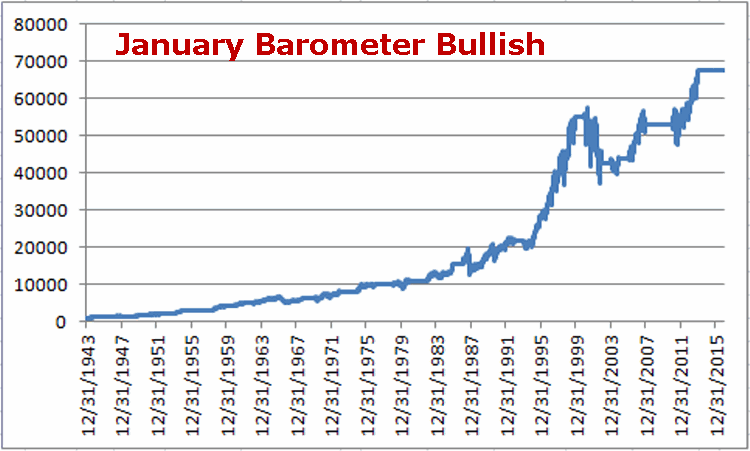 Figure 1 – Growth of $1,000 invested in Dow Industrials from end of January to end of December if January shows a gain
Figure 1 – Growth of $1,000 invested in Dow Industrials from end of January to end of December if January shows a gain
For the record:
*# times up = 40 (85% of the time)
*#times down = 7 (15% of the time)
*Average Gain = +13.2%
*Average Loss = (-8.4%)
This seems like a good time to invoke:
Jay’s Trading Maxim #52: In the financial markets, anything that is 85% accurate is at least worth knowing about
But there is more. In my (WARNING: Shameless, Self-Serving Plug to follow) book “Seasonal Stock Market Trends” I wrote about something I called The JayNewary Barometer (OK, it seemed like a good idea at the time). It is a simple model that goes like this:
*If the 1st 5 trading days of January show a gain add +1 point
*If the last 5 trading days of January show a gain add +1 point
*If the month of January as a whole shows a gain add +1 point
So at any point in time the JayNewary Barometer model can read 0, +1, +2, or +3. Using the Dow Jones Industrials Average, Figure 2 displays the growth of $1,000 invested in the Dow from the end of January through the end of December only during those years when the JayNewary Barometer registered a reading of +3 (i.e., the Dow showed again during all 3 time periods listed above).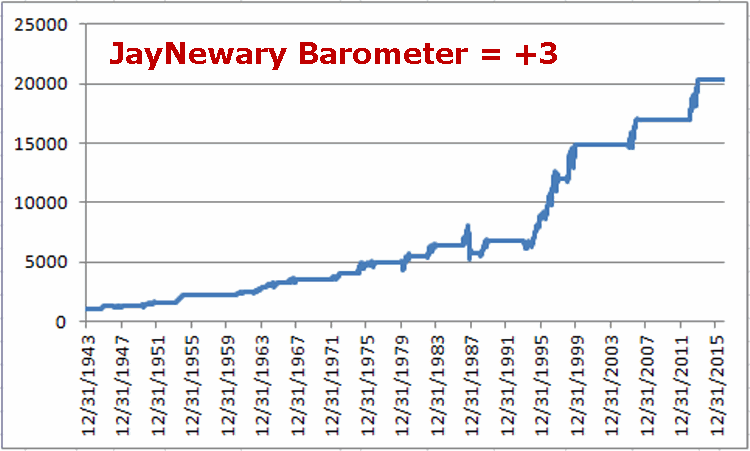 Figure 2 – $1,000 invested in Dow Industrials from end of January to end of December if 1st 5 days of January and last 5 days of January and the month of January as a whole all register gains
Figure 2 – $1,000 invested in Dow Industrials from end of January to end of December if 1st 5 days of January and last 5 days of January and the month of January as a whole all register gains
For the record:
*# times up = 22 (92% of the time)
*#times down = 2 (8% of the time)
*Average Gain = +15.7%
*Average Loss = (-6.9%)
92% accurate is pretty good. But nothing is infallible. A buy signal occurred on January 31st, 1987. Which was fine. For a while. Just ask anyone who was in the stock market on October 19, 1987 (“Hi, my name is Jay”) when Dow lost 22% in a day.
So just remember that bad things can happen to good models.
Summary
Barring a decline of over 200 Dow points on 1/9/17, the 1st five trading days of January will register a gain. Will the last 5 days and the month of January as a whole also register a gain? It beats me. But I know what I am rooting for.
To paraphrase P.D. Eastman, “Go Dow Go”.
Jay Kaeppel

